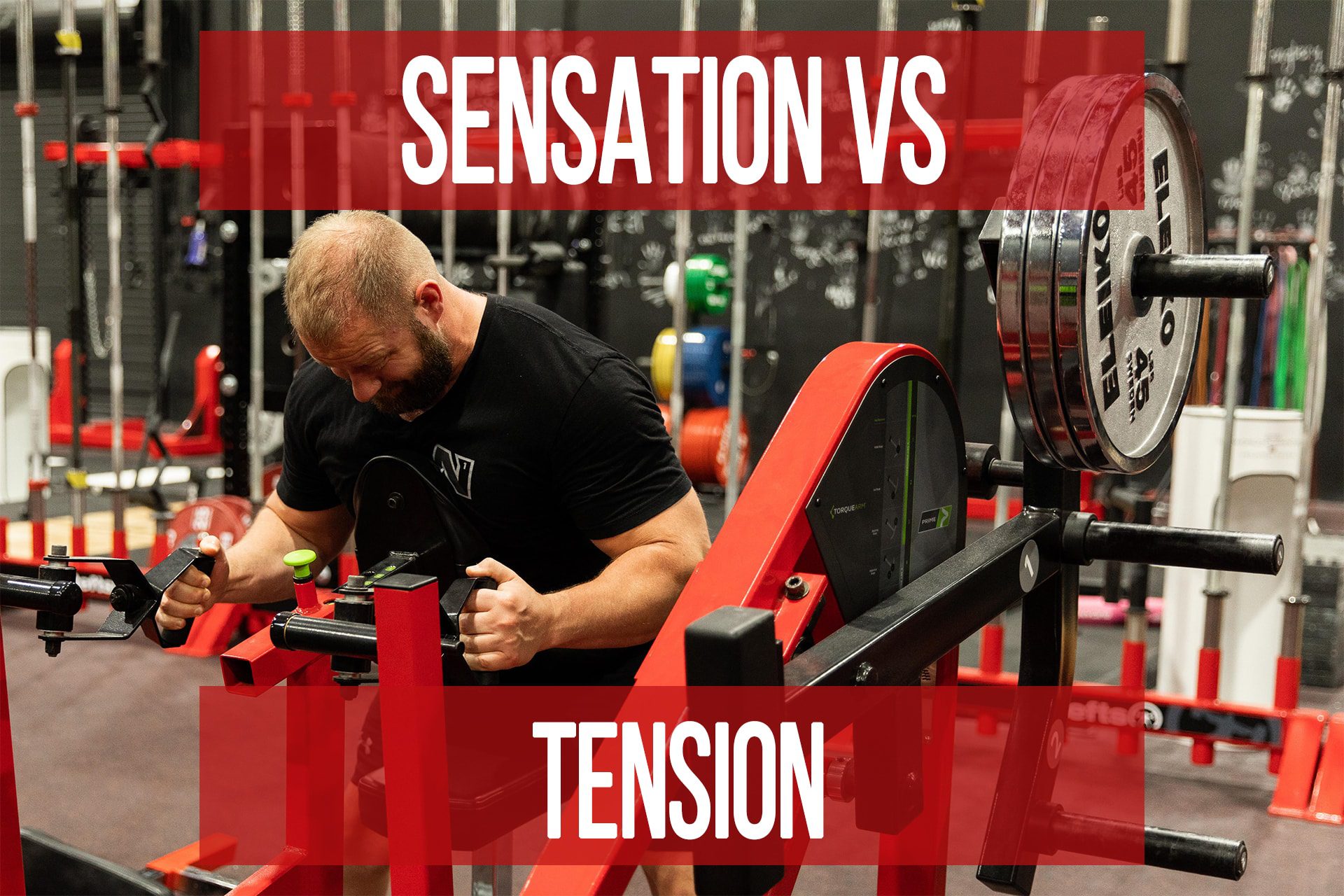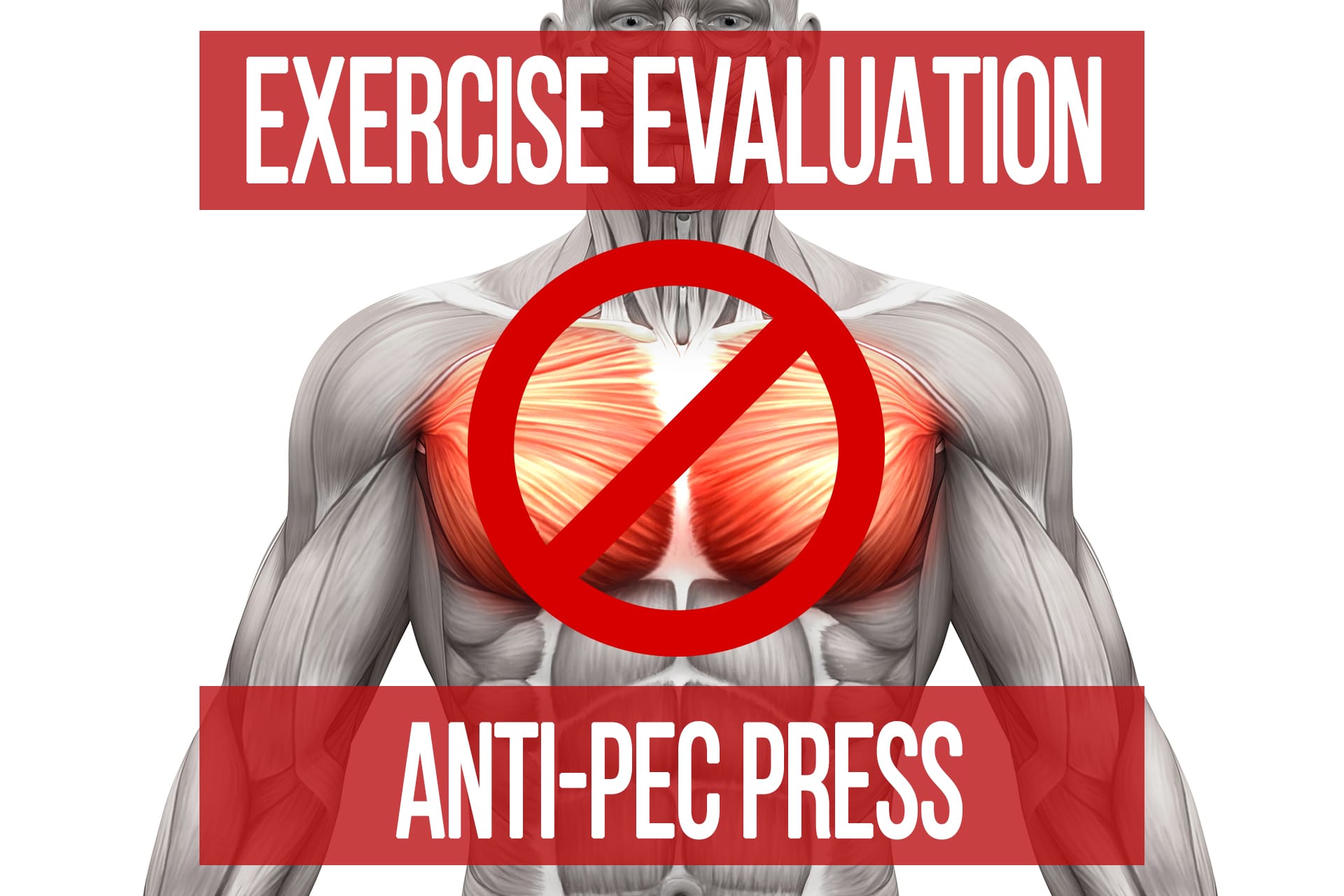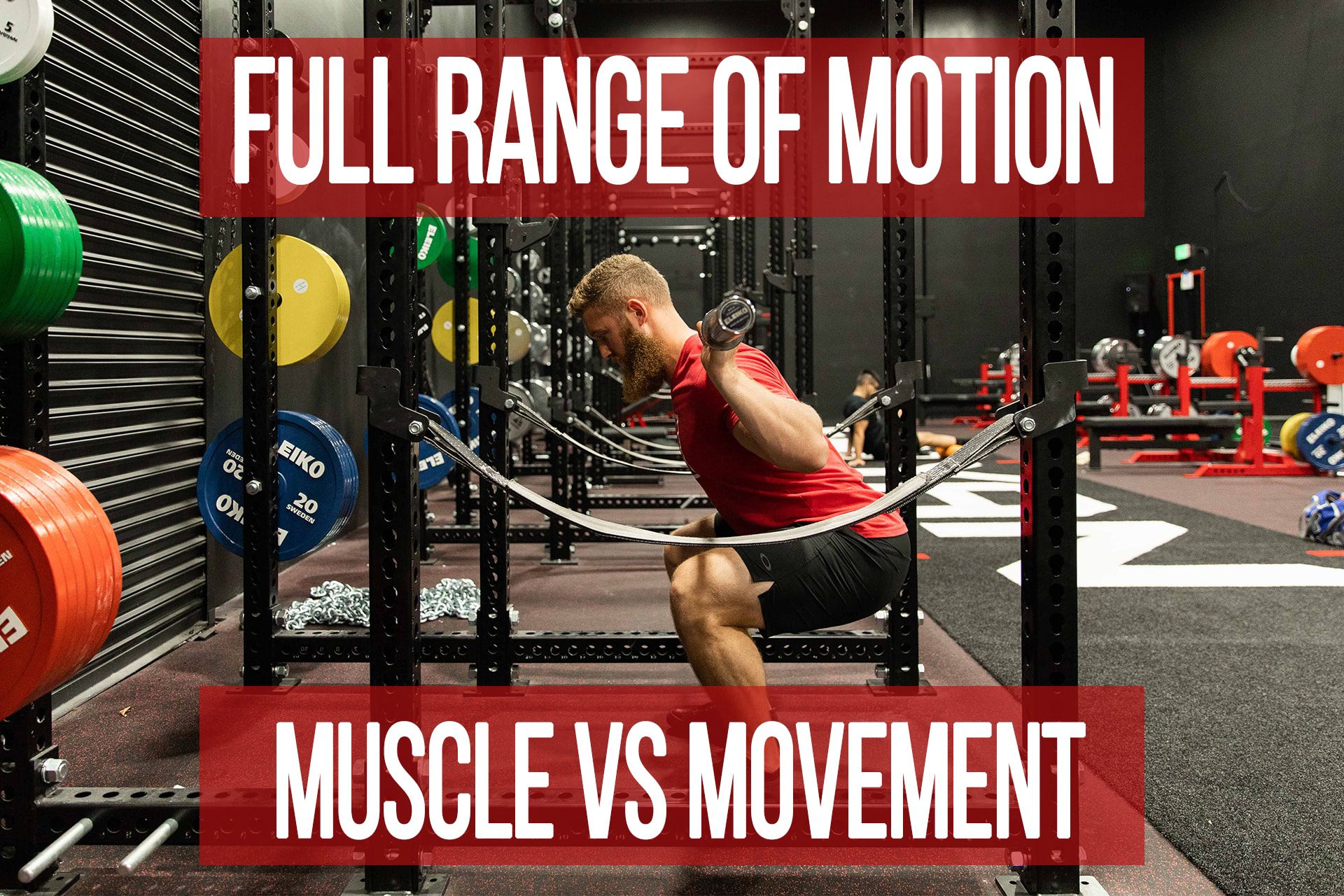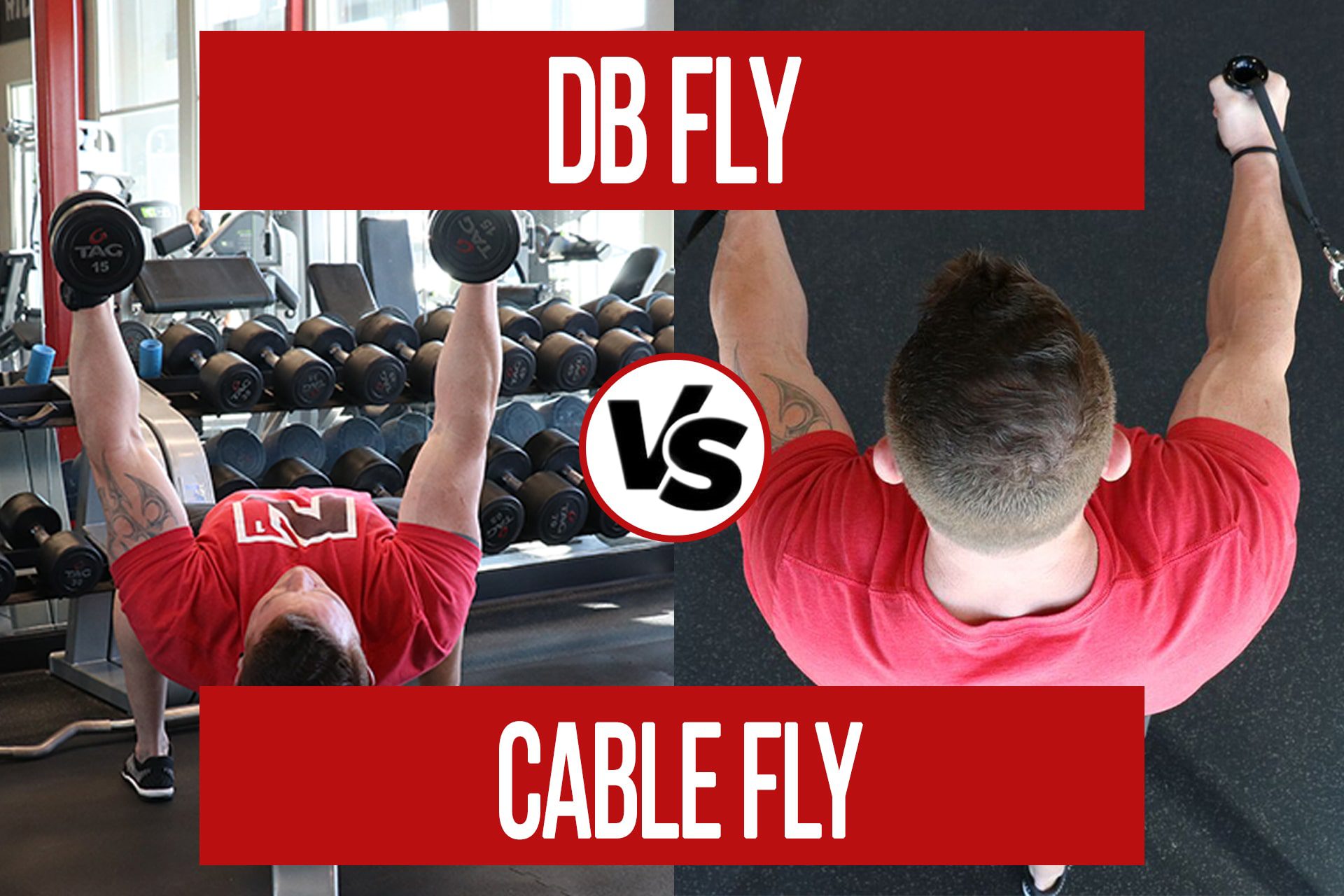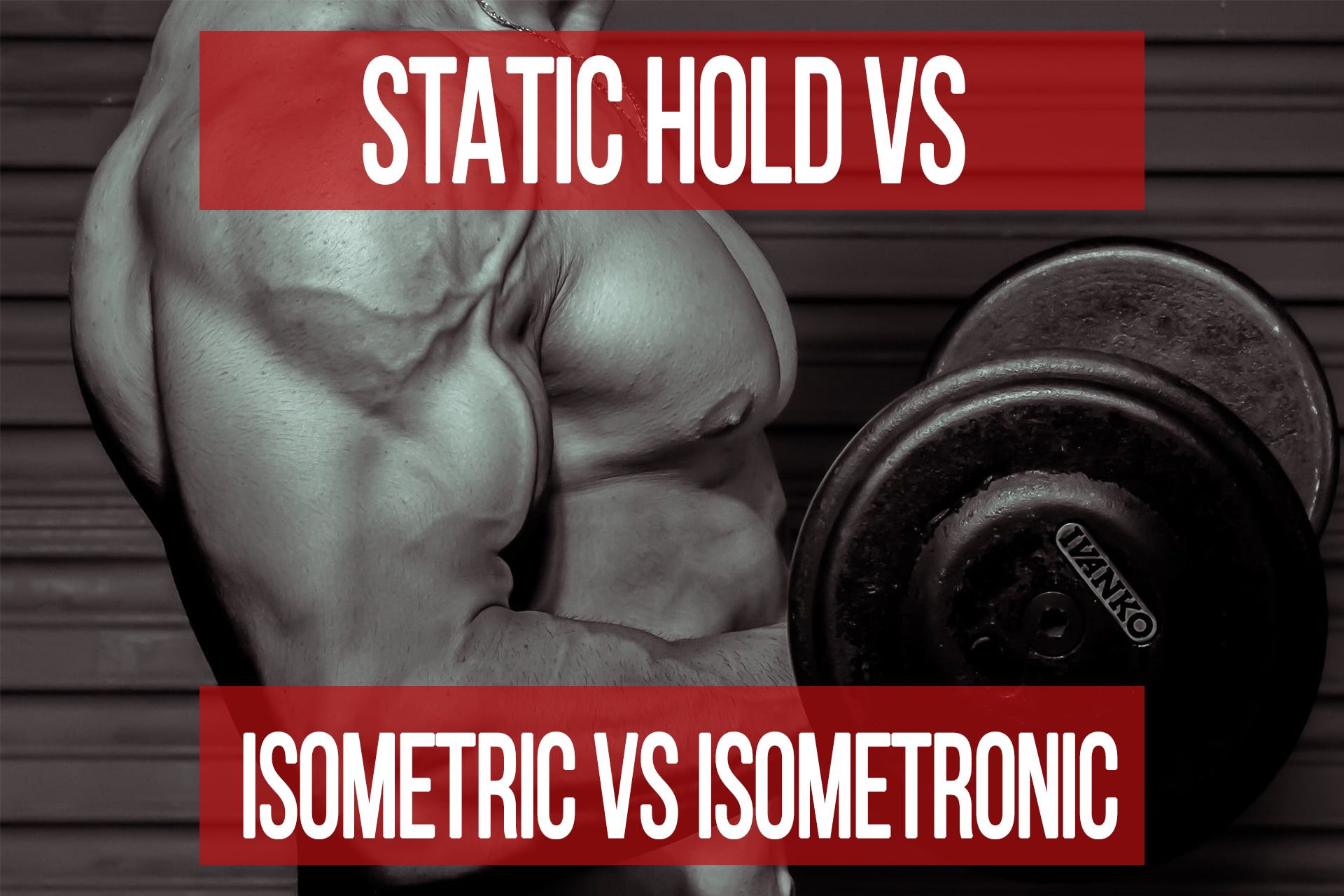Applying Functional Anatomy
n1 training
Many of the functions listed in anatomy textbook are not actual functions, but a list of possible forces that may occur. This can be very misleading on how the body actually moves and functions, and can lead to some very poor movements and exercise cue.
(See the video on Sensation VS Mind Muscle Connection)
For instance depending on the position of the humerus the pec could be considered an internal or external rotator. However the rotational component is never the dominant or direct force of pec tensions, and the pec does not take the humerus to any rotational end ranges.
This is why don’t we consider the pec an internal rotator, and more importantly why we don’t teach internal rotation as a cue in pec/lat movements. At N1, we give muscles a “function” if it describes its primary mode of action with regards to all context (positions, synergist, antagonist, mechanics, neurology) and it takes that joint to a relative end range of that movement.
Giving cues outside a muscles primary functions will often limit range of motion, neural drive, tension, and if done enough can create poor motor patterns, decreasing mobility, increasing risk of injury, and overall lack of progress.
This is a big problem as a lot of people are sharing biomechanics information that is based on what I call coloring book level anatomy knowledge, and then using the accompanied sensation from the lack of joint integrity and neural efficiency to validate these movements or cues. I think an understanding of functional anatomy is possibly the single best knowledge base a trainer can attain to really be able to increase their proficiency with their clients, and also avoid the trap of sensation based movements.
Do You Have A Question For Us?
Please Log In to Submit Your Question
Anti-Pec Press Exercise Evaluation
videoAnatomy & Biomechanics Biomechanics Execution and Technique Hypertrophy TrainingStatic Hold vs Isometric vs Isometronic
articleDefinition Execution and Technique Program Design Strength & Power Training
Popular Pages
Learn & Train With Us
Add N1 Training to your Homescreen!

Please log in to access the menu.

